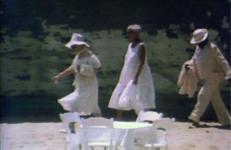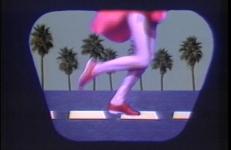
This section of the On Art and Artists collection highlights a number of experimental portraits of artists, and documentaries about the artistic process, from intimate one-on-one close-ups and dialogues, to full studio production studies. These works do not follow a traditional interview format, but are often intended as artworks in their own right. The artists and makers of these Artist Portraits draw artistic inspiration and stylistic license from the collaborators and interlocutors they depict.
This tape is a media arts collaboration between Joe Leonardi, Cathleen Kane, and radio artist Joe Frank. It is a synthesis of three “dark humored” radio pieces adapted for video.

This tape was produced by Artists TV Network, documenting a symposium that included composer John Cage, choreographer Merce Cunningham, writer Richard Kostelanetz, and video artist Nam June Paik with art critic Dore Ashton serving as moderator. This freewheeling symposium taped before a live audience ranges from individual reminiscences to discussion of then-current art community concerns about music, literature, theater, art, dance, video, and technology.
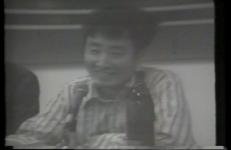
The latest in Marie Losier's ongoing series of film portraits of avant-garde directors (George and Mike Kuchar, Guy Maddin, Richard Foreman), DreaMinimalist offers an insightful and hilarious encounter with Conrad as he sings, dances and remembers his youth and his association with Jack Smith.
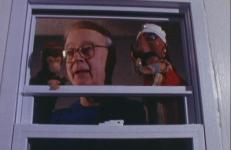
Modeled after NBC’s long-running science program Watch Mr. Wizard, this tape features Torreano as Mr. Wizard instructing a skeptical boy on how to build a diamond out of pieces of wood. The boy remains unimpressed until Torreano uses a “video paintbox” to create flashy special effects. Painter John Torreano’s use of galaxy clusters as a reference for his fake jewel studded canvases and diamond-shaped sculptures suggested the nostalgic format of this video profile by MICA-TV.
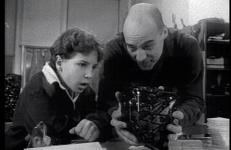
The artwork on trial is Richard Serra's public sculpture, Tilted Arc, commissioned and installed by the U.S. government in 1981. Four years later, a public hearing was held to consider the removal of the sculpture from its site in Federal Plaza in New York City. In documenting the climatic General Services Administration hearing, The Trial Of Tilted Arc is a thought-provoking indictment of the state of the arts.
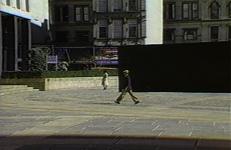
A short portrait of artist Anne Truitt (1921-2004). The film consists of an interview and 16mm footage made in and around her studio at the Yaddo artist colony, as well as footage from her home studio in Washington D.C. Rather than an attempt to depict her art, which is in many respects un-photographable, the core of the film is found in Truitt speaking about the course and meaning of her work. Says Cohen, "I was honored to know Anne Truitt, and doubly so when she allowed me to make a short record of her presence and thoughts.
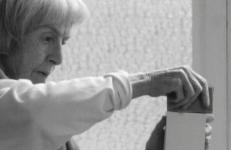
tryphon: three sounds is a candid portrait of the artist Thomas H. Kapsalis (b.
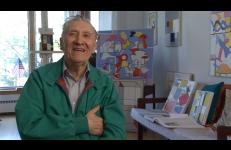
Founded in 1997, the Arab Image Foundation preserves the legacy and collection of photographer Hashem el Madani and the Sheherazade photo studio.
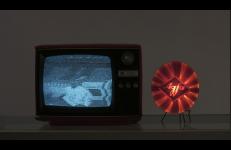
This portrait is not simply an account of Simone Weil’s life, but rather the skein of her ideas. The “unoccupied zone” is therefore only marginally meant to refer to the southern part of France under Vichy. It is more importantly an existential labyrinth imaged by the film itself; a psychic space through which Weil passed while in exile in her own country.
This project started with an email from a stranger in 2017. The sender was the widower of the late artist Tania and he invited the filmmaker to look at her “archive.” Tania was born to Jewish parents in Poland in 1920. The family moved to Paris in the 1930s, but during the WWII they fed to Montreal, then emigrated to New York. Tania eventually became an artist. While facing many hurdles as a female artist in the 1960s and 70s, Tania vigorously created a wide range of artworks, not only paintings and three-dimensional pieces, but also public art projects.
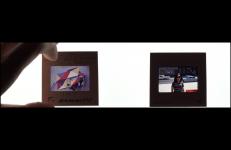
A cross-generational binding of three filmmakers seeking alternative possibilities to the power structures they are inherently part of. Each woman extends her reach to a subject she is outside of. Vever grew out of the abandoned film projects of Maya Deren and Barbara Hammer. Shot at the furthest point of a motorcycle trip Hammer took to Guatemala in 1975, and laced through with Deren’s reflections of failure, encounter and initiation in 1950s Haiti.
A vever is a symbolic drawing used in Haitian Voodoo to invoke Loa, or god.
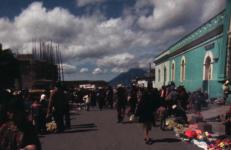
Part of the Long Beach Museum of Art’s Collectors of the Seventies series, this tape enters the home and art collection of Dorothy and Herbert Vogel. The Vogels live in a nondescript high-rise in the Yorkville section of New York City’s East Side. Their three and a half rooms serve as their museum for Larry Poons, Robert Morris, Philip Pearlstein, Robert Mangold, Sylvia Mangold, Dennis Oppenheim, Richard Nonas, John Tuttle, Sol Lewitt, Dan Graham, Richard Nonas, John Chamberlain, Christo, Donald Judd, Carl Andre, and Robert Ryman.
Interview by Douglas Davis.
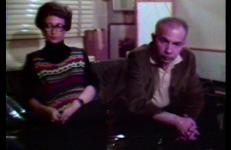
A Walk with Nigel is a video essay that constructs a dialogue between two artists from two different times, between movement and stillness, between speech and silence. An archaeological study of a community, reawakening the archive in the present. A materialist study of streets and social relations.
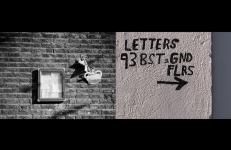
In today’s youth-oriented society, the experience and knowledge of older women is typically unheralded and neglected. Countering these ideas is Suzanne Lacy’s Whisper, The Waves, The Wind—a performance evoking and reinforcing the strong spiritual and physical beauty of older women. Lacy says, “They reminded me of the place where the ocean meets shoreline. Their bodies were growing older, wrinkled. But what I saw was the rock in them; solid, with the presence of the years washing over them.” This tape is a document of that performance.
